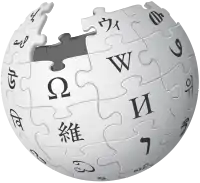mimeograph
English

1889 Edison mimeograph machine
Etymology
Coined by A.B. Dick in 1889 and originally a trade name. From Ancient Greek μῖμος (mîmos), combining form mimeo + -graph.
Noun
mimeograph (plural mimeographs)
- (historical) A machine for making printed copies using typed stencil, eventually superseded by photocopying.
- 1910, Frank Lewis Dyer & Thomas Commerford Martin, chapter 27, in Edison, His Life and Inventions:
- So it also is in regard to the mimeograph, whose forerunner, the electric pen, was born of Edison's brain in 1877. He had been long impressed by the desirability of the rapid production of copies of written documents, and, as we have seen by a previous chapter, he invented the electric pen for this purpose, only to improve upon it later with a more desirable device
-
Synonyms
Derived terms
Translations
machine for making copies
|
|
Verb
mimeograph (third-person singular simple present mimeographs, present participle mimeographing, simple past and past participle mimeographed)
- To make mimeograph copies.
Translations
to make mimeographs
|
|
Further reading

This article is issued from Wiktionary. The text is licensed under Creative Commons - Attribution - Sharealike. Additional terms may apply for the media files.